Quentin Tarantino Style
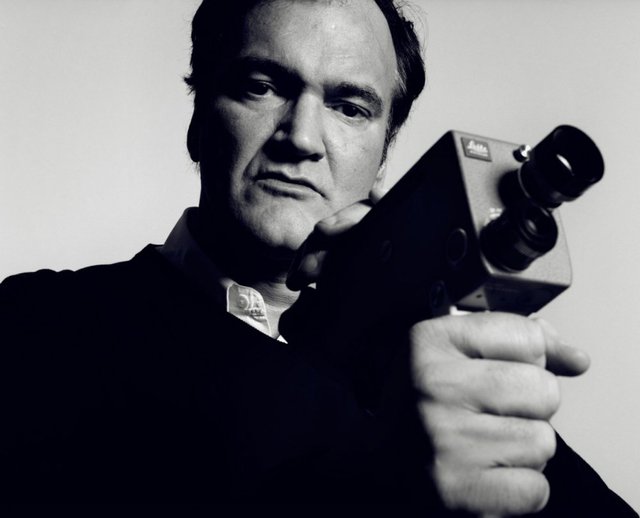

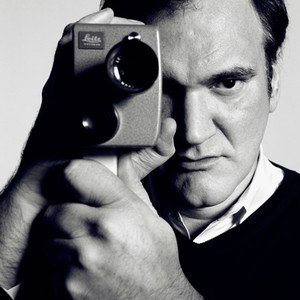
To understand the cinematographic work of this director, it is inevitable to carry out, in the first place, a brief biographical journey. Born March 27, 1963 and native of the city of Knoxville-Tennessee. Before turning 17 he left school on the pretext that it was a waste of time and begins to work in The chain of porn theaters Pussycat theaters. Familiar with the cinema environment, since mother usually (Even those that were not qualified for his age), Quentin began to develop a great taste in Audiovisual material. In that time also worked for diverse videoclubs that were great referents, initiating, In this way, his stage as writer of scripts.

Quentin Tarantino has marked Undoubtedly a unique personal style that has defined it since its beginnings as a filmmaker. his Stylistic look at the art of its covers has become a subject of discussion over many years and has Positioned, certainly, as a great visionary in matters of art direction. True to the concept of cinema of the 60's when the cinematographic director acquires a preponderant role, imposing its. Own times, aesthetic and thematic, the director has managed to maintain this position throughout his development As director

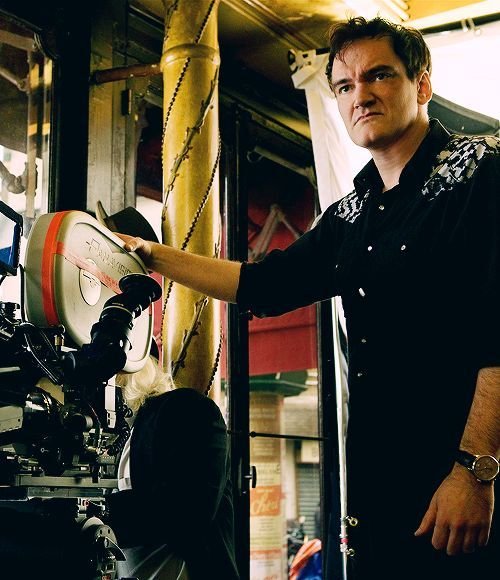
Quentin Style:
Over time they would become their unmistakable signs of identity: non-linear scripts; Memorable monologues combined with trivial chats with allusions to popular culture; A mixture of black comedy and drama driven by criminal or marginal characters and generally driven by revenge, and a stylization of violence that has also been one of the aspects of their work that has been most challenged."For me violence is just one of the many things that can be done in a movie," said the director and screenwriter, comparing it to dance sequences, or even physical comedy.
These ingredients are also part of the recipe of his six creations, where he always worked as a director, scriptwriter and actor, and sometimes also assuming the role of producer. His films include works like Kill Bill, Bastards without glory or Django without chains, being The Odds Eight, released in 2015, his most recent work.


Cinema of Exploitation Tarantino has managed throughout his eight films to reconvert and to reform traditional clichés and narrative elements, mixing them and turning them in a postmodern combination.
But in spite of having entered for years to the commercial circuits, the cinema of Tarantino does not stop being the work of an obsesivo film-maker who continually refers in his films to the creations of the past. Plans, dialogues, situations and scenography elements refer to tapes that Tarantino decided to honor or parody, sometimes combining both types of reference. With a particular influence of various popular genres between the 1950s and 1980s, which have since fallen into disuse, such as the western, or the so-called "exploitation cinema", the filmmaker has given them his particular turns and adapted them to the Contemporaneity.

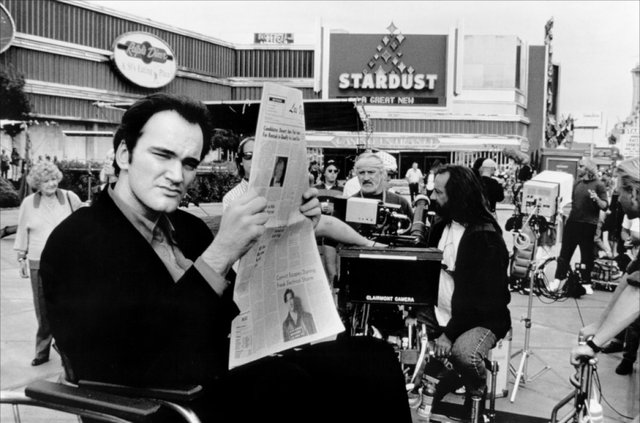
In the 24 years that have passed since the premiere of his first feature film, Tarantino has emerged as one of the most prominent authors of American cinema, and as the director and historian Peter Bogdanovich stated, is "the most influential director of his generation ". In the intertextuality of his works, his characters refer in his dialogue both as elements of popular culture and the darkest sources, and in the same way Tarantino himself has succeeded in making it happen with his films, whose stories and scenes have become In massive cult classics.
Thanks Quentin...

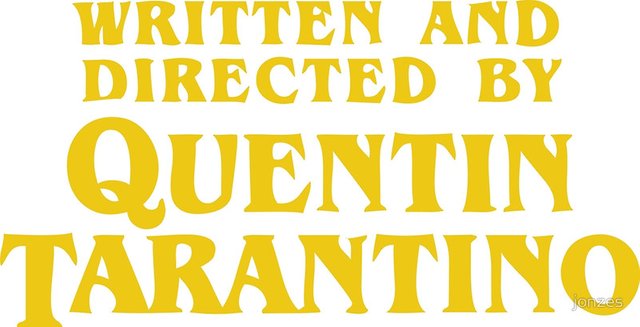

excellent dude ...
thank!!!
Nice! Great to see this!
thanks bro!
This is so LIT! His films are so unique..
It's his style that makes him so unique